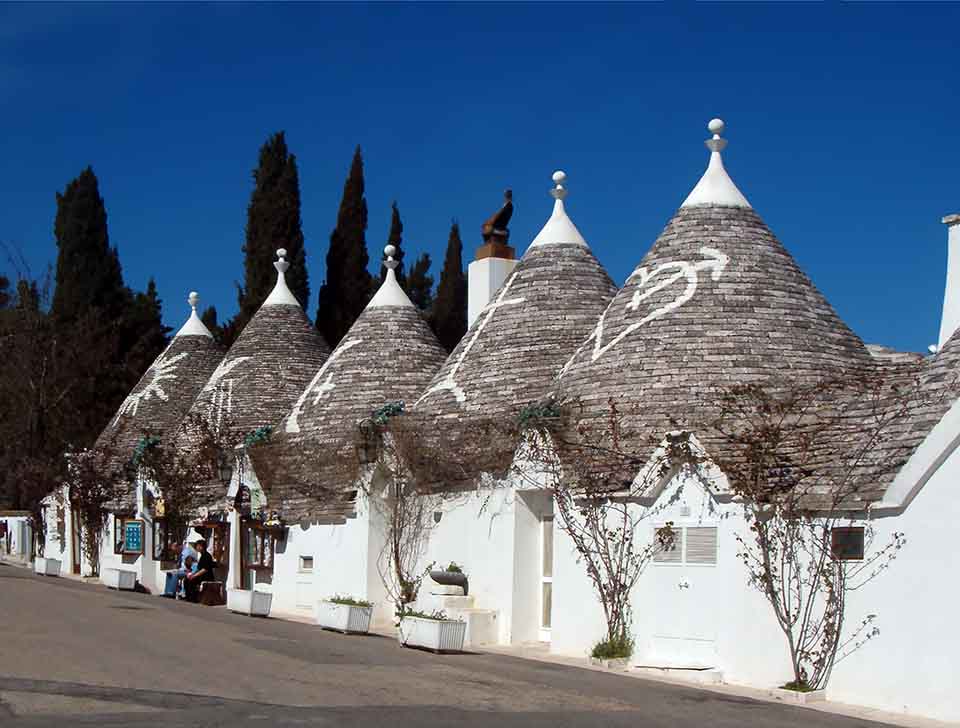
I don’t know about you, but I often prefer the smell of wine and food to the taste. When I first smell a glass of wine, I mentally dial up a list of what it’s supposed to smell like. Shiraz, for example invariably greets you with peppery olives and dark fruit. Gamay, the leading grape of Beaujolais introduces itself with strawberry and raspberry, sometimes even aromas of boiled sweets. Incidentally, Beaujolais is normally enjoyed when it’s young and fresh but I once tasted a splendid and unusually elderly Moulin a Vent which still has plenty of fruit on the aroma. It also brought the delightful and distinctive reminder of wax crayons. Merlot brings herbs, with earthy dark fruits and sometimes even moist tobacco. Sauvignon Blanc, especially the exuberant ones from New Zealand often bring the scent of freshly cut grass, red pepper, lime or gooseberry. Riesling comes with mineral-like flinty aromas, laced with green apples and sometimes even the distinctive smell of gasoline. This aroma is caused by a molecule called TDN, an abbreviation for 1,1,6-trimethyl-1,2-dihydronaphthalene. You see, you shouldn’t have asked.
I mention all this because the two wines this week have the characteristic colour, aroma and taste that you’d expect – and a bit more besides. They are “true to the grape” as one of my friends likes to say, but you’d be surprised how many commercial wines are not. The Italia wine company of Sensi is one of the country’s most successful, yet it had humble beginnings. The family began business in 1895 when Pietro Sensi started taking his home-made wine to the markets. His two sons continued the practice, and delivered their home-made Chianti to local villages using a horse and cart. With the third generation, greater focus was placed on the wine-making and the fourth generation saw the Sensi name established among the international markets. Sensi wines have recently won acclaim at the Decanter World Wine Awards, the International Wine Challenge and the Berlin Wine Trophy.
The Sensi Collezione range consists of several entry-level varietals which in Thailand are currently available only in restaurants and hotels, but they are certainly worth a try if you come across them.
Sensi Collezione Chardonnay, Toscana IGT (white), Italy
It used to be fashionable to say that you’re bored with Chardonnay. But to quote the well-known food-writer Fiona Beckett, “saying you’re bored with Chardonnay is a bit like saying you’re bored with chicken or bread. There’s good and badly cooked chicken, fabulous bread and truly awful bread”. It seems to me that a great deal of commercial Chardonnay is aimed at the mass market and has suffered as a result.
This is an excellent example from Tuscany (Toscana); it’s a brilliant straw-coloured wine which looks lovely in the glass and at only 12.5% ABV you can enjoy several glasses without feeling heady. The rich floral bouquet wafts out the moment you pour the wine out of the decanter. Chardonnay invariably has reminders of white flowers, pineapple, peach and honey and this is no exception. At first, it smells a bit like the rich Chardonnays of Chile but there the similarity ends. Cooler climates tend to produce wines with a distinctive tang of sharpness and it brings a refreshing quality to the flavour. It’s quite light-bodied and typically Italian in style. There is a splendidly long and full finish too and this wine would make a good partner for light and delicate tastes such as shellfish, light chicken meals or lightly flavoured vegetable dishes. Chardonnay will usually work with almost any seafood except those that come with a sweet sauce.
Sensi Collezione Primitivo, Puglia IGT (red), Italy
You’ve probably noticed that both these wines carry the IGT designation. The acronym stands for Indicazione Geografica Tipica which is the third level down from the top tier. It’s roughly equivalent to the French vin de pays, or country wine. You may recall that Apulia, often abbreviated to Puglia (“POO-yah”) is down in the south east, near the “heel” of Italy. It’s a hot and fertile area of land lying along the Adriatic coast and well-known for its traditional limestone houses topped with a conical roof. They produce more wine here than anywhere other Italian wine region. Most of it is simple, everyday red. The Primitivo grape grows abundantly in Puglia. It has the same DNA as Californian Zinfandel though the grape probably originated in Croatia. Primitivo tends to produce full-bodied reds and this one is no exception. It’s a rich ruby colour with a tantalizing bouquet of cherry and prune and background hints of toast and vanilla. There might be a dash of pepper in there too. The mouth-feel is full and satisfying and there’s a decently long finish. Not surprisingly, this wine would work well with rich and fully flavoured dishes such as game or roasted red meat. To my mind, it needs a good ten minutes to breathe and develop, so if you decide to try it, ask the waiter to pour it into a wine jug or decanter and leave it to stand for ten to fifteen minutes. Have a glass of the house plonk to pass the time.





